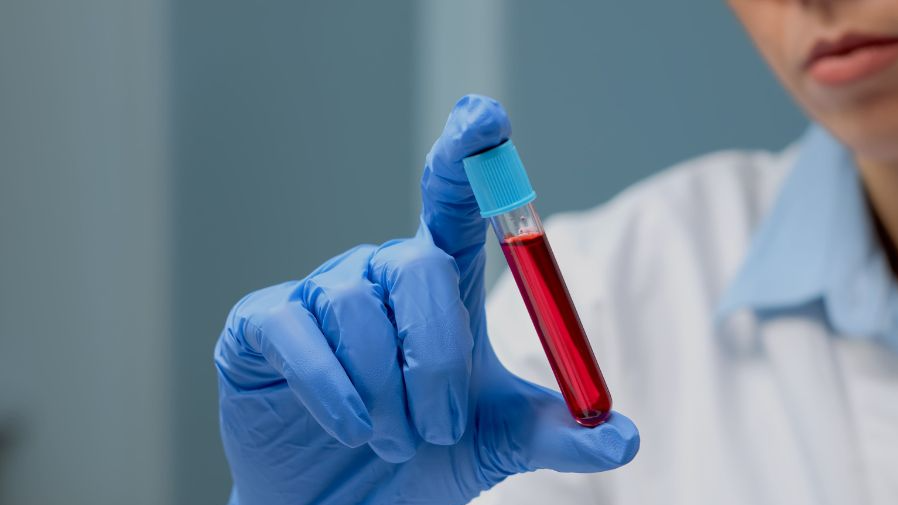
Image by D C Studio on Freepik
At 13, Simra had just overcome jaundice when her family decided to take her to the hills for a rejuvenating outing. However, the trip took an alarming turn as she developed a fever and started experiencing nosebleeds. Concerned, her parents immediately contacted the doctor who had treated her jaundice. He suggested that Simra might be struggling with the cold weather due to her recent recovery and advised them to return home.
Following his advice, Simra was promptly brought back to Noida and rushed to the emergency department of Apollo Hospital. It quickly became evident to the medical team that Simra's condition was unusual. A Comprehensive Blood Count test revealed significant abnormalities in her vitals, signaling a deeper, more serious problem. Consequently, she was referred to the hospital's haematology department.
It was there that Dr. Gaurav Kharya, a noted bone marrow transplant surgeon, diagnosed her with Aplastic Anaemia, a severe and rare condition that had unexpectedly manifested, with no apparent family history or identifiable cause. Her doctor said that a bone marrow transplant was essential for her survival. The challenge was to find a suitable donor for her.
Luckily, Simra’s older brother was found to be a compatible donor, and offered her bone marrow for the transplant. This successful transplant marked the beginning of a challenging but hopeful recovery journey. Approximately four months after the transplant, Simra's health had remarkably improved.
“It was a half-match and in such cases there is always a chance of patient developing graft vs host disease, in which patient’s old immune system can attack the new bone marrow. So, we need to take every step of the procedure carefully,” says Dr Kharya, who is known for a high success rate in half-matched, and even unmatched bone marrow transplant.
Now 15, Simra has fully recovered from Aplastic Anaemia, a rare but severe condition in which the bone marrow fails to produce enough new blood cells. It is of two types—inherited, a rare condition that is passed from parents to children; and idiopathic acquired Aplastic Anaemia (aAA) which can develop over a period of time. The cause for aAA is generally unknown but some known causes include exposure to environmental toxins or chemicals, chemotherapy or radiation treatment, and aging. “The incidence of acquired Aplastic Anaemia in India and South East Asia is three-four times more than in Europe and America. The key to successful management is early diagnosis. An early bone marrow transplant can cure it in over 90% cases,” says Dr Kharya.
In fact, it is not only Aplastic anemia, but many other blood disorders such as thalassemia, sickle cell anaemia, leukemia where bone marrow transplant is emerging as a treatment of choice for its ability to replace damaged or diseased blood-forming cells with healthy ones.
BMT involves the transplantation of hematopoietic stem cells, which are capable of developing into various types of blood cells. This allows for the replacement of damaged or cancerous blood cells with healthy ones.
BMT can be either autologous (using the patient's own stem cells) or allogeneic (using donor stem cells). Autologous transplants are often used for certain types of lymphomas and multiple myeloma, while allogeneic transplants are preferred for conditions like leukemia, where the goal is to replace the patient's entire blood cell system.
Ongoing research and advancements in transplant techniques have improved the safety and efficacy of BMT. Reduced-intensity conditioning regimens, better donor matching, and improved supportive care measures have led to increased success rates and reduced complications.
The development of registries and international collaboration has expanded the pool of potential donors, increasing the chances of finding suitable matches for allogeneic transplants. This is particularly important for patients who do not have compatible family donors.
Emerging genetic and cellular therapies, such as gene editing and CAR-T cell therapy, are also being integrated into BMT protocols. These innovations aim to enhance the therapeutic potential of transplanted cells and improve outcomes.
Despite these advancements, doctors say, that it's important to note that bone marrow transplant is a complex and intensive procedure with potential risks and side effects. Selecting a patient carefully and regular monitoring are crucial to refining and expanding the use of BMT in the treatment of blood disorders and cancers.
(Patient's identity has been changed)